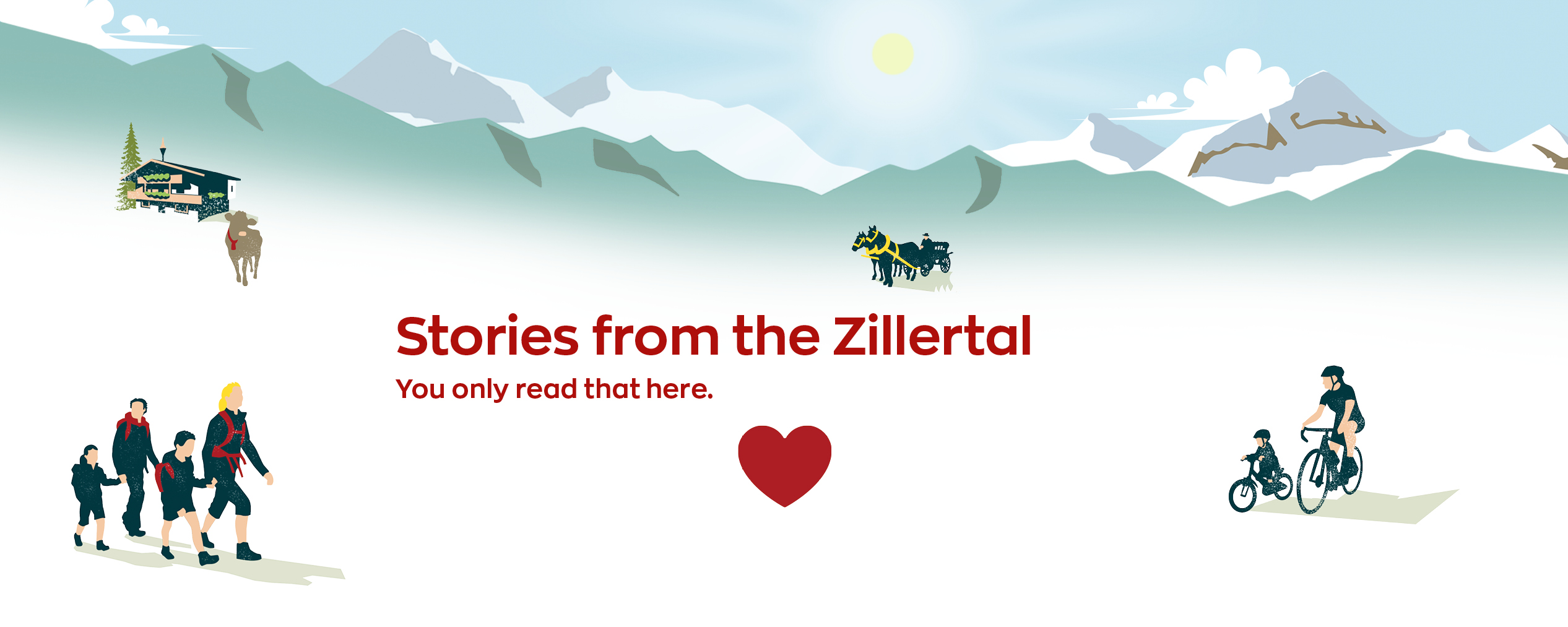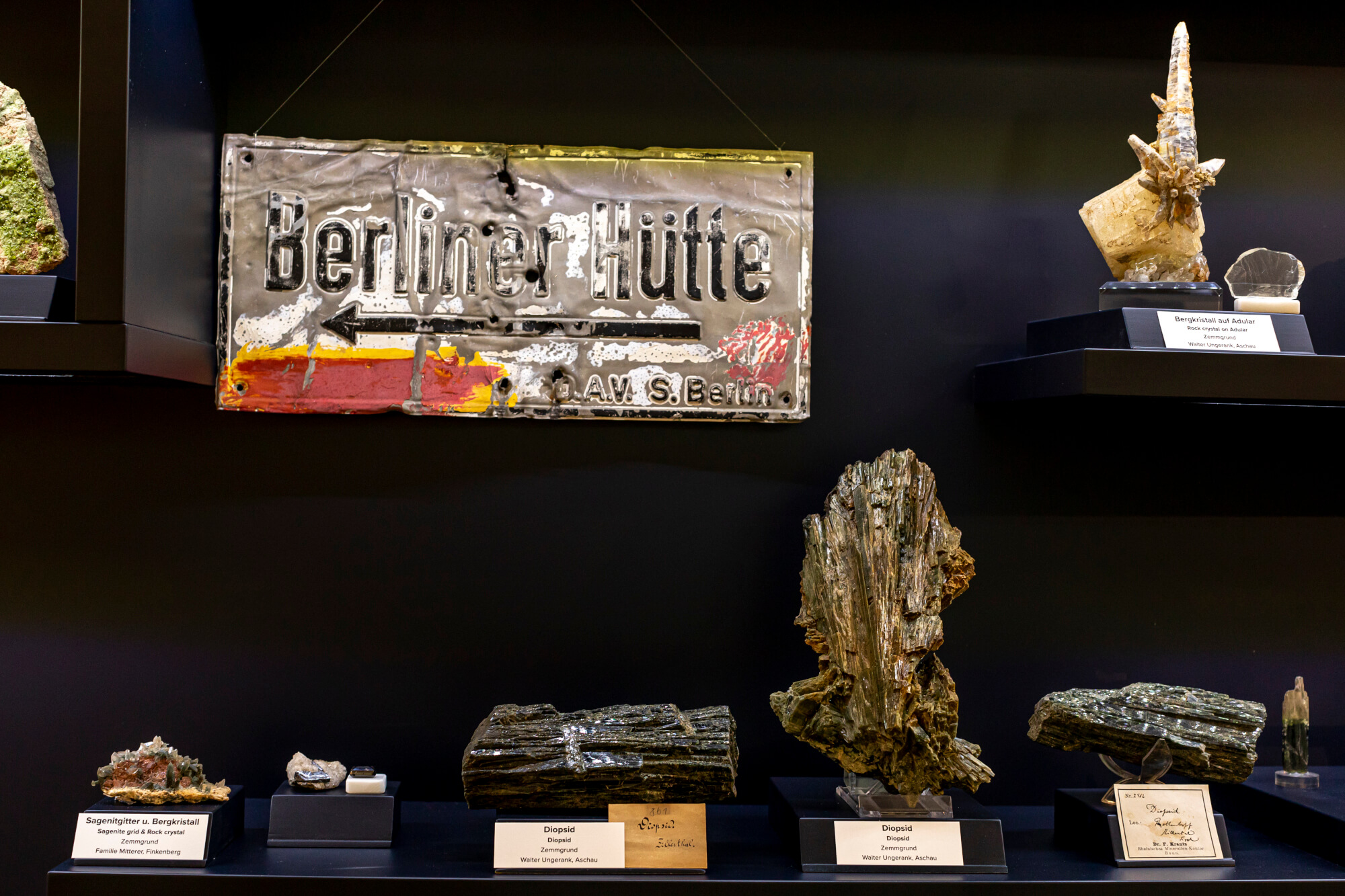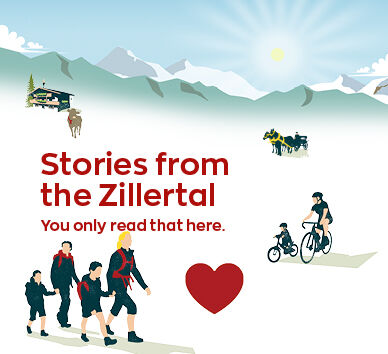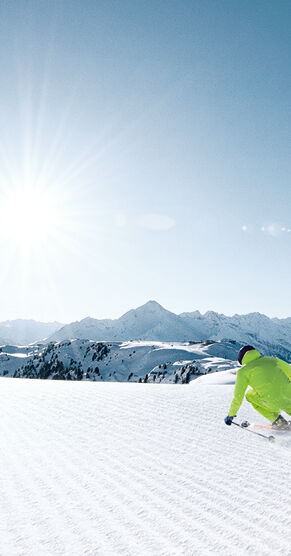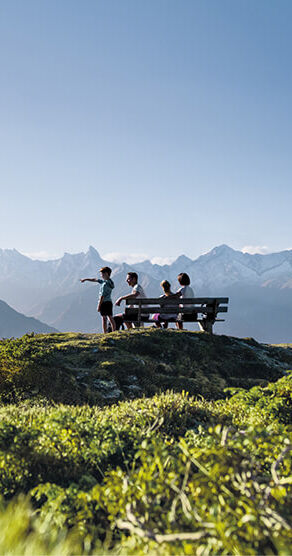
Stories from the Nature Park
This man deciphers the earths's code
Geologist Thomas Hornung set out to decipher Zillertal’s rock code. The results are now to attract hikers to exciting trails.
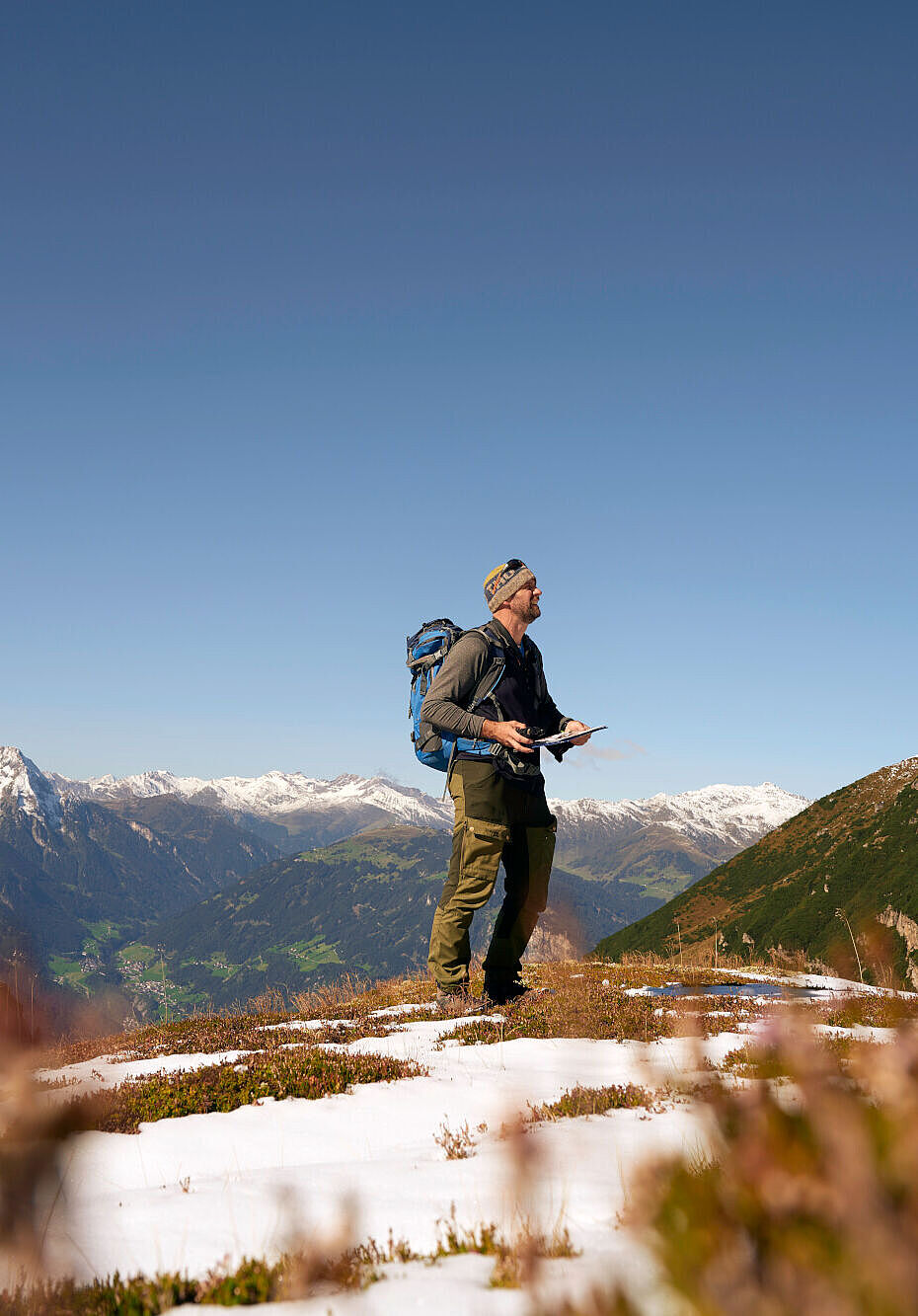
He squints his eyes, pointing across the Schlegeis reservoir towards Hochfeiler. “That is the highest peak in the Zillertal Alps,” Thomas Hornung exclaims, then the geologist continues: “From its summit you can very clearly see why the region here is so special from a geological point of view.” You can make out the different layers of rock, like a kind of puff pastry, with the naked eye. “At the bottom, the European crust. Then there is a sediment cover over it, which are these light coloured limestone bands. On top of that, former ocean sediments from a small marginal ocean.” Listening to the 48-year-old, it quickly becomes obvious how fascinated the internationally experienced rock expert is by the Zillertal Alps. “Because here you can look up to 700 million years back into geological history,” he says, eyes shining.

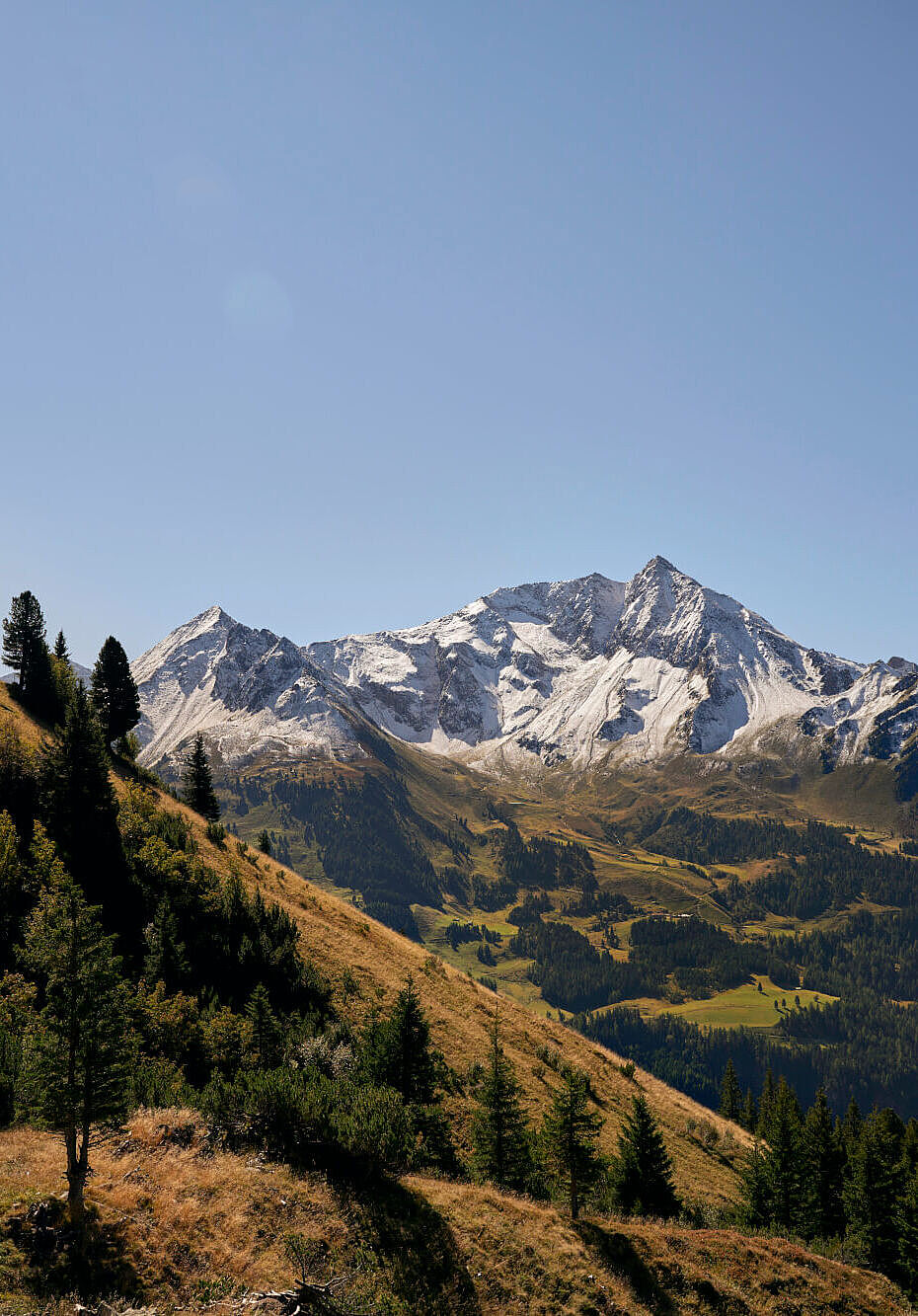
HOW A GEOLOGICAL MAP IS CREATED
But before we start our imaginary journey towards the Earth’s history cast in rock, let’s first take a brief look at the recent past. It was not quite four years ago that Thomas Hornung was commissioned by Willi Seifert, head of the Nature Park Zillertal Alps, to create a geological map. An ambitious undertaking, since the task was to cover 700 square kilometres of mountains, valleys, gorges and peaks. “For the first seven months, though, I was just busy at my desk sifting through existing, old map material and digitising it,” the expert recalls. But then he finally went out into the wild. understood by other experts. On the contrary, as a researcher, he pursues the clear goal of making his findings accessible and, above all, understandable to the general public. And that is precisely the greatest common denominator between the activities of scientist Thomas Hornung and the wishes of the head of the nature park Willi Seifert. “It was important to both of us to generate as much as possible from this treasure trove of data,” the two explain in unison.
“With these books, you can
set out on your own to follow
the geological findings.”
DEEP INSIGHTS FOR EVERYONE
From today’s perspective, it can be confidently said: This goal has been well and truly accomplished. In addition to the highly detailed geological map, which will be valid for decades to come, several products have been created. Above all, two “Wanderung in die Erdgeschichte” (A hike through geological history) book volumes (see box p. 87) make Zillertal’s geology understandable for anyone interested, as the head of the nature park explains: “With these books you can set off into the field without an additional guide and follow the discoveries by Thomas Hornung.” The books not only contain tour descriptions, explanations and photos, but are also peppered with sophisticated visualisations and superimpositions. Ultimately, each chapter not only allows for a highly interesting walk through Zillertal’s most exciting areas from a geological point of view, but each page also helps you decipher what you see. His constant companions: a high-resolution terrain model in the form of a laser scan, various maps, a precise GPS device, a compass, a geologist’s hammer and a waterproof notebook. “It’s all analogue,” grins the passionate mountaineer, mischievously followed by, “so I can never run out of power.” Anyway: 70 field trips, about 800 kilometres of hiking, almost 100,000 metres ascent and descent, many hundreds of measured data points and about 2,000 photos later, the basic ingredients for rich findings and the finalisation of the geological map of the Zillertal Alps had been collected.
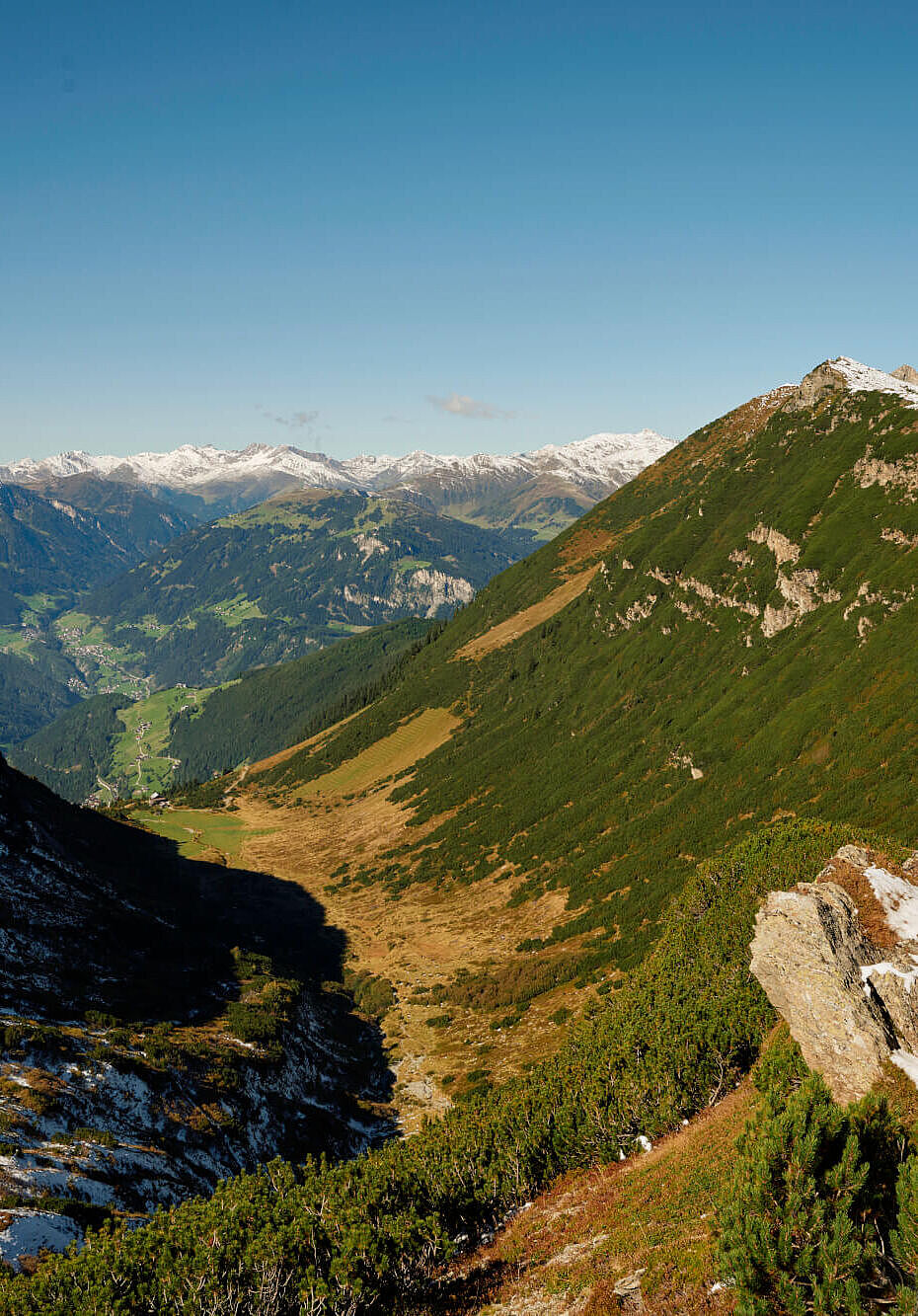
The mountain's code
The Zillertal Alps with the “ Hohe Tauern window” actually open up the largest such geological structure in the Eastern Alps: “Due to the collision of the European continental plate with a small continental splinter called the Adriatic, parts of the Earth’s crust have come to the surface here like a window, which actually lie at a depth of 20 kilometres,” the expert elaborates. In plain language: If you know what to look for, you can actually read our planet’s past in the Zillertal Alps. “In a way, my job is to decipher the Earth’s code and translate it for others,” Hornung explains. That is why he does not see his profession exclusively in creating highly complex maps that are only “Like this structure of the Hochfeiler, for example,” says Hornung, pointing to the corresponding page in his book. By the way, if you look very closely on these very special walks, you may be able to spot some truly exceptional rarities. As the geological unfolding of the Earth’s crust not only provides insights into the history of the Earth. It has also revealed extremely rare fossils particularly for the crystalline region, known as ammonites. But especially precious stones like amethysts, rock crystals or garnets.
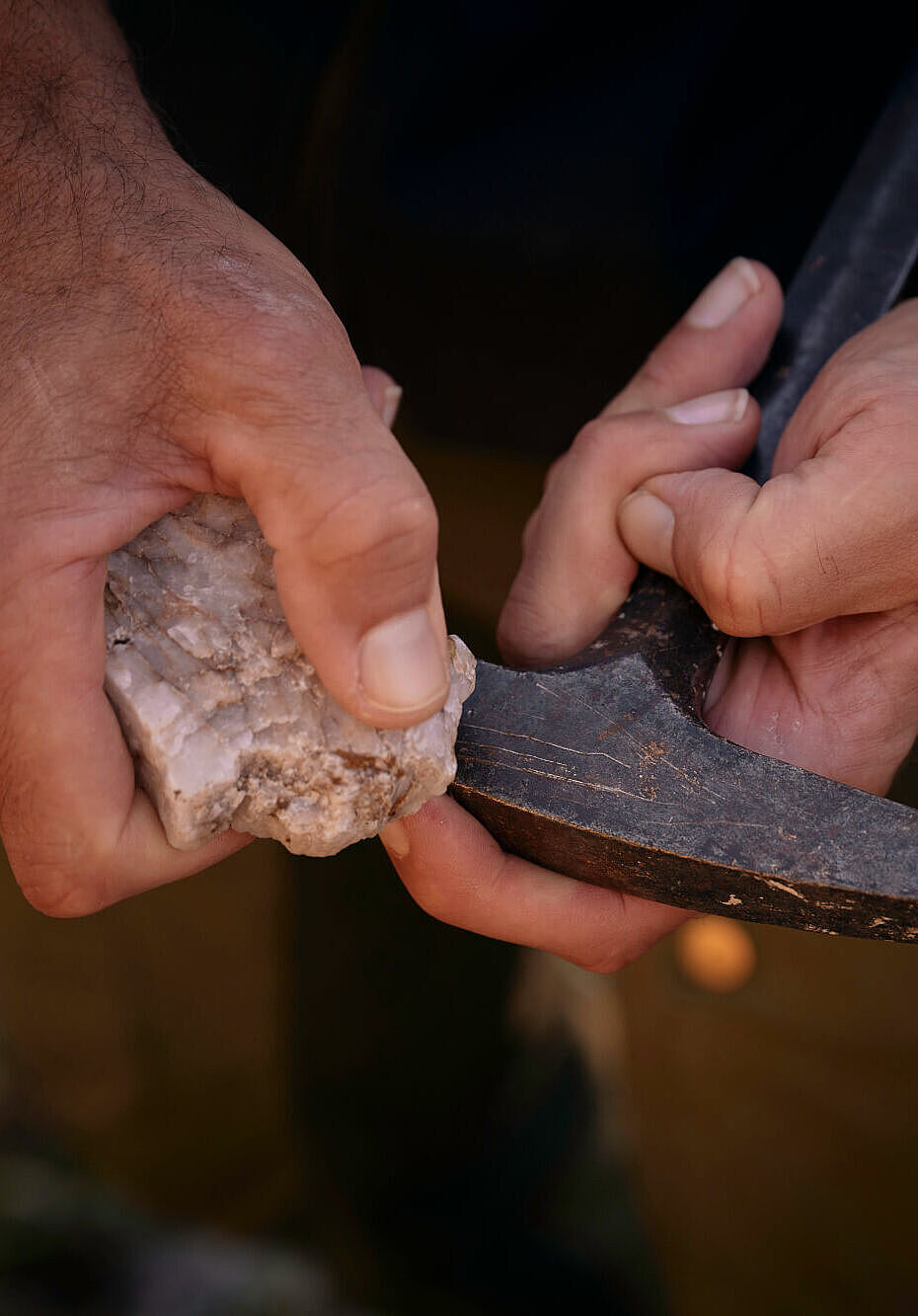
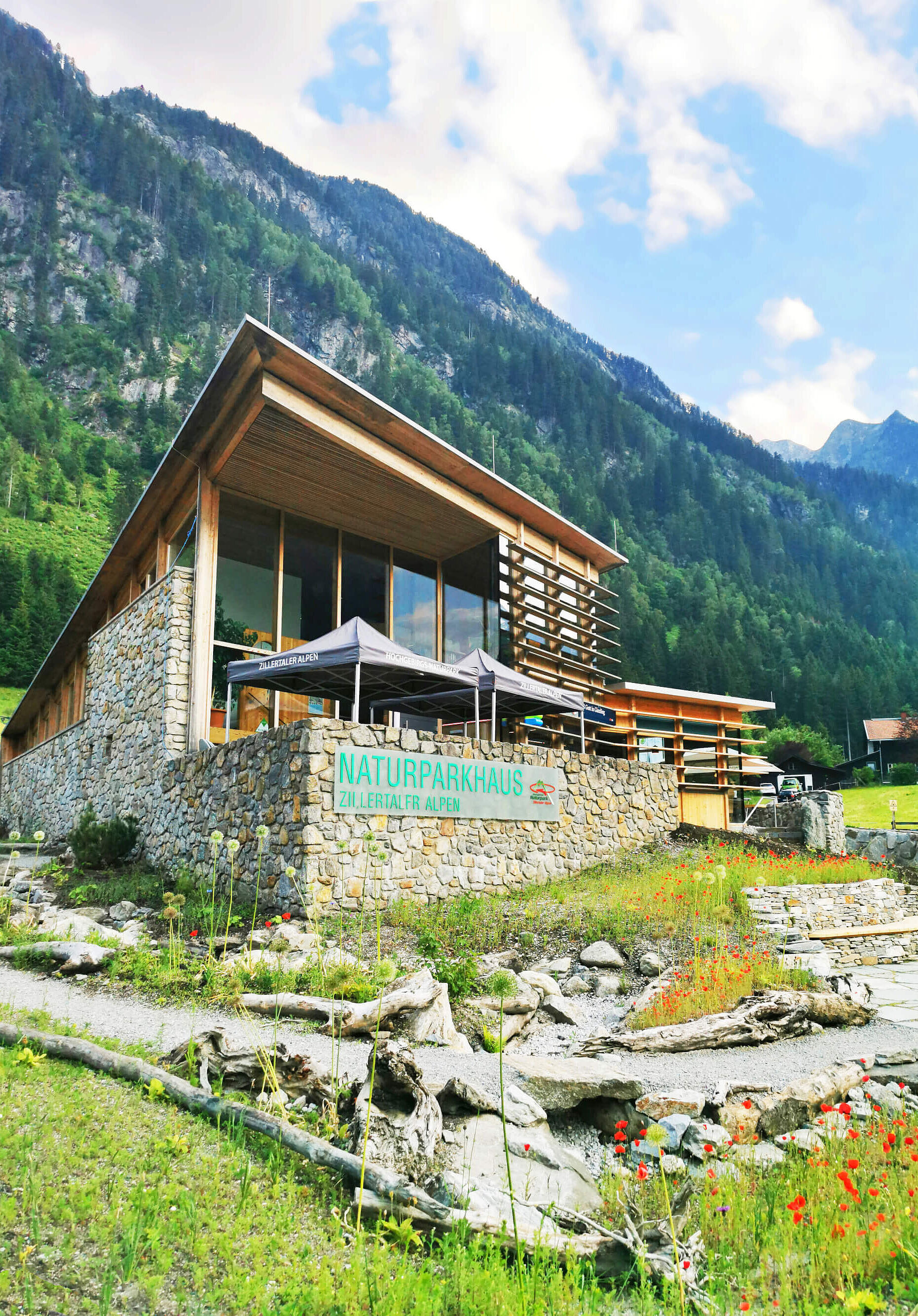
Why Goethe was so into rocks
Geologists’ findings and spectacular crystals are in turn the third aspect of the research work, which in this case is not dry at all. “The new exhibition in our totally new Nature Park House is based on this data and knowledge,” Willi Seifert proudly explains. You can now follow Hornung’s findings and marvel at spectacular crystal finds over 500 square metres (see box on the right). Small learning example from this: Johann Wolfgang von Goethe developed a soft spot for crystals from the Zillertal Alps during his lifetime and purchased several crystals for his private collection. Some pieces from his collection can now be found in the exhibition – including geological details, of course.
Image: Thomas Straub, Flo Smith Text: Johannes Stühlinger
Zillertal Year-round magazine 2024
Even more stories from the Zillertal

The electric world of e-biking
Anyone looking to explore Zillertal on an e-mountain bike is fully on trend! Fun and action are what it’s all about in the Zillertal Arena in the Zell-Gerlos holiday region.
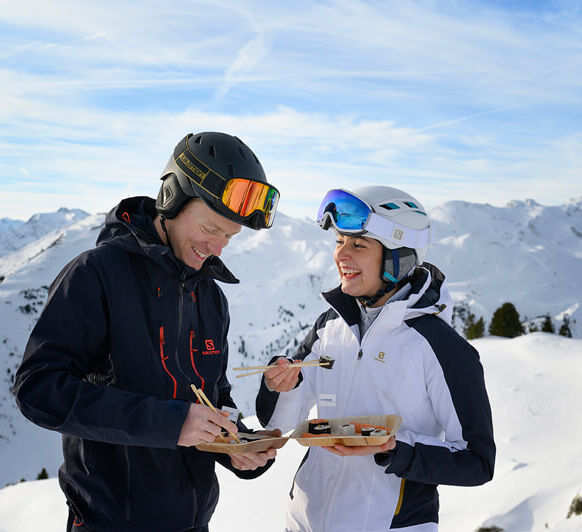
Gliding boldly into culinary delight
14 international culinary arts in 14 huts. The Ski Food Festival in Hochzillertal-Kaltenbach and at the Spieljoch in Fügen guarantees an unforgettable culinary experience.
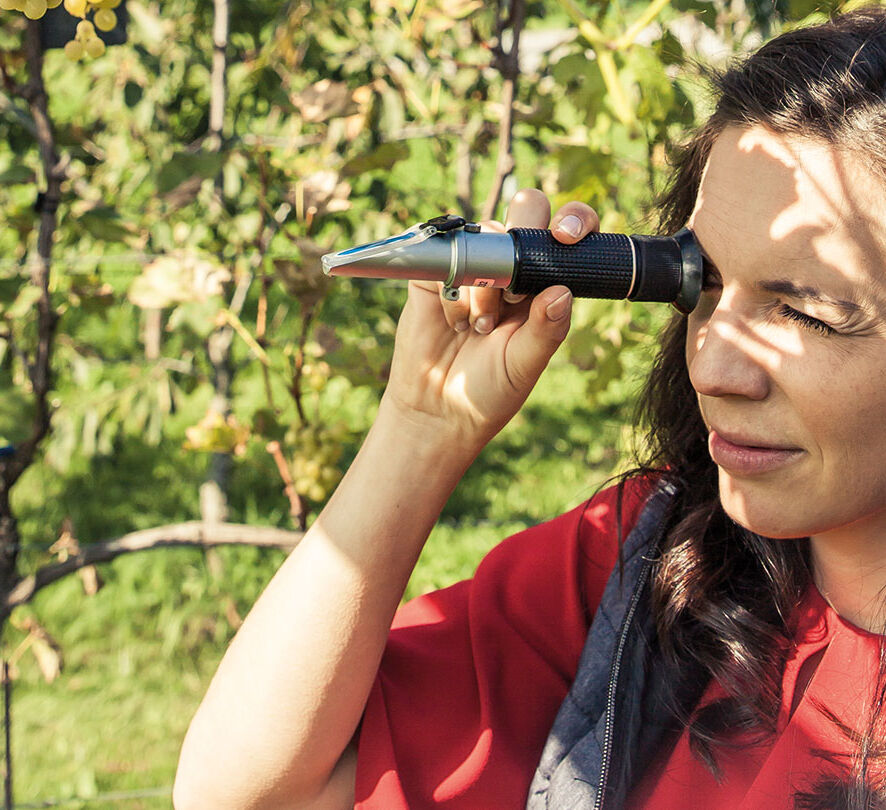
The rebellious vintner from Zillertal
Can you even grow wine in Zillertal? Despite other people’s doubts, Maria Pfister believed so, put it to the test and is now Zillertal’s only vintner – with her own wine tavern. A truly delectable story!
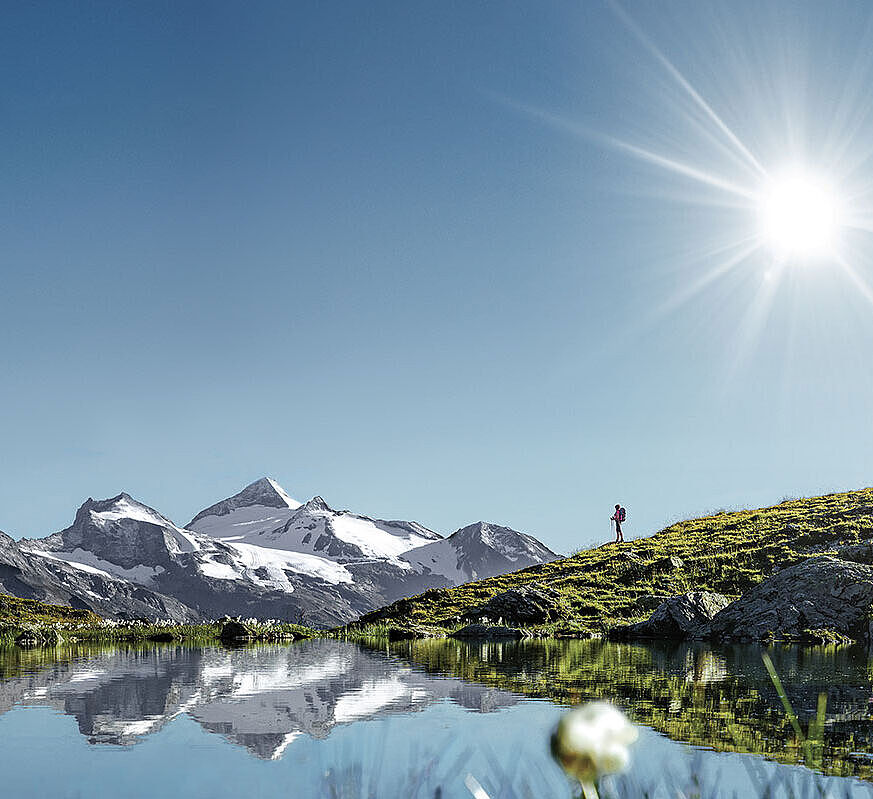
Zillertal
Welcome to Zillertal! Where sun, snow and well-being become the meaning of life and where great freedom tempts you to let go.
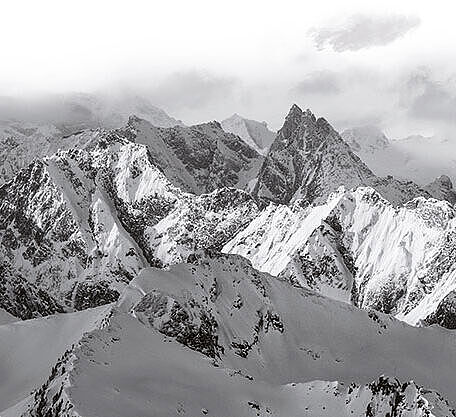
Zillertal Newsletter
Our newsletter provides you with great information about the Zillertal. Get the best seasonal tips, information from the ski resorts and about the summer mountain railways and much more.
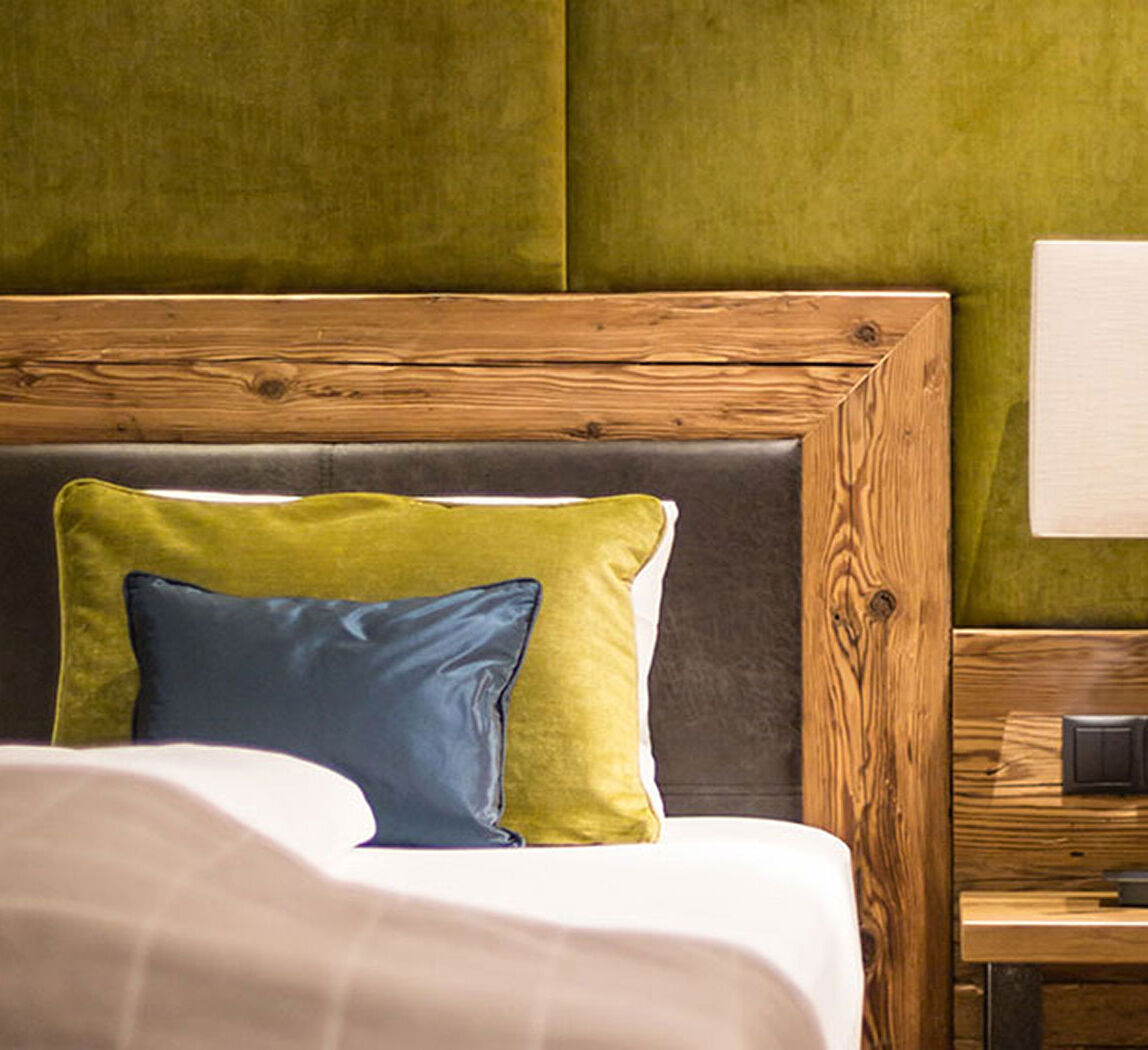
Hosts in Zillertal
Find the right accommodation for your perfect winter holiday in Zillertal – from cosy private rooms to luxury five-star hotels.
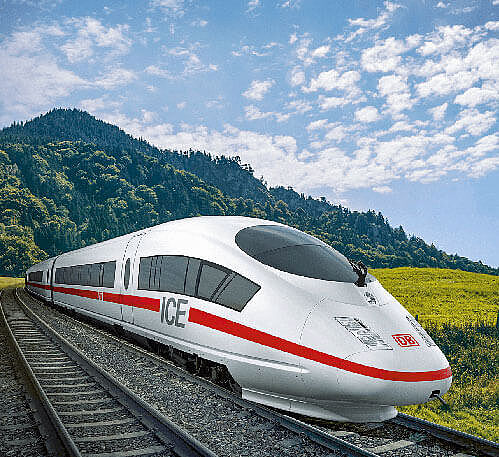
Getting to Zillertal
Zillertal is located in the west of Austria and is the widest of the side valleys on the south side of the Inntal Valley. Get to Zillertal safely and comfortably.
